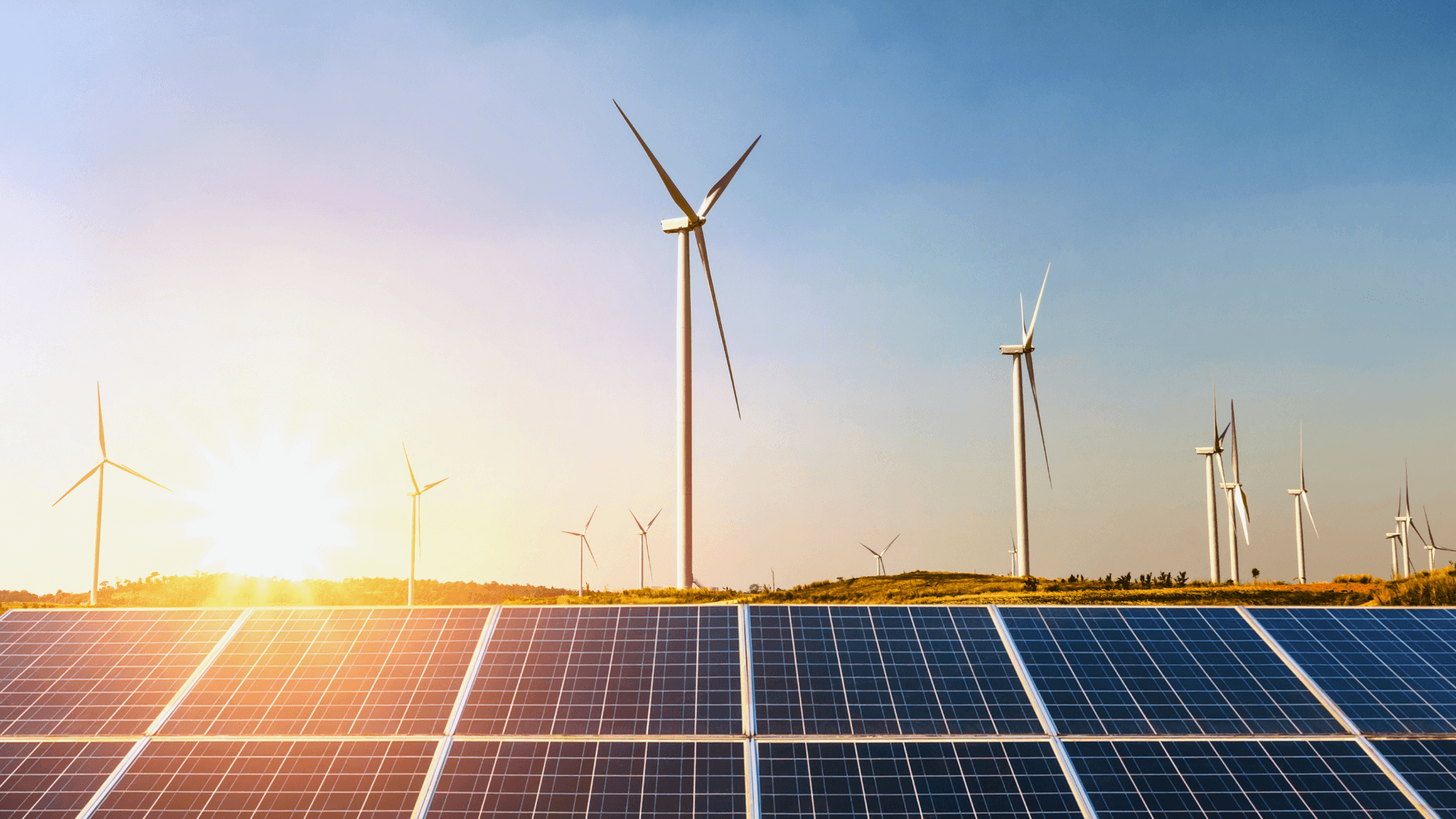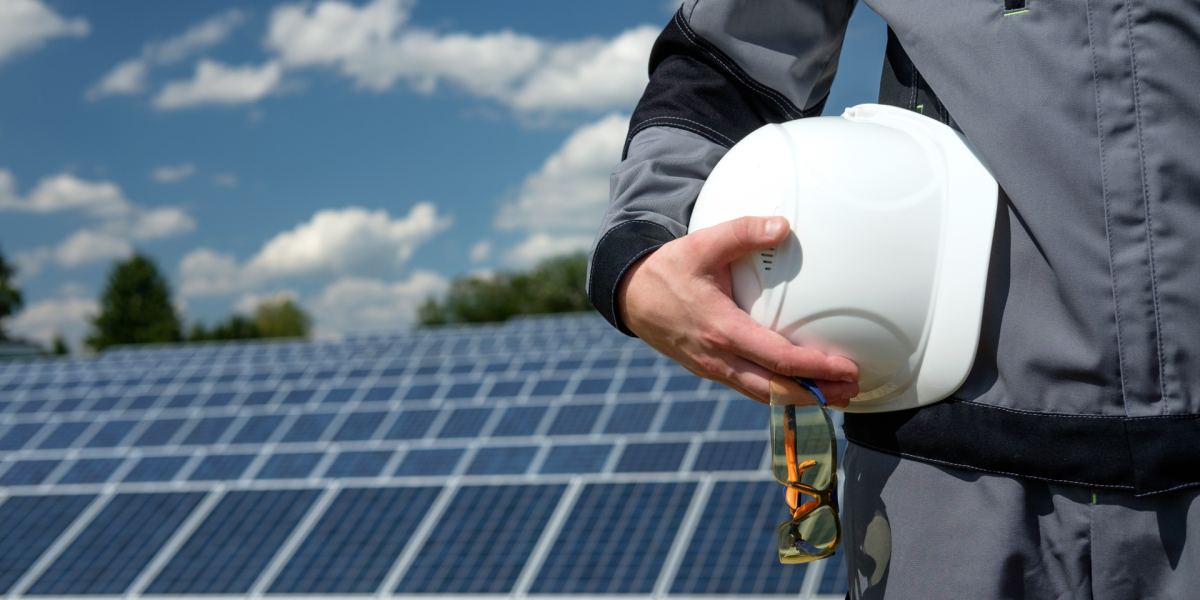Alternatives to the usage of non-renewable and polluting fossil fuels must be studied in today’s atmosphere of growing energy needs and increasing environmental concern. Solar energy is one such option. Simply said, solar energy is the energy created directly by the sun and collected somewhere else, usually the Earth. The sun generates energy by converting around 650,000,0001 tonnes of hydrogen to helium every second in a thermonuclear process. Heat and electromagnetic radiation are produced throughout the process.
Only a small percentage of the total radiation produced makes it to the Earth. Nearly every sort of energy utilized today is derived indirectly from the radiation that does reach the Earth. Geothermal energy and nuclear fission and fusion are the only exceptions. Even fossil fuels owe their existence to the sun; they were once live plants and animals reliant on the sun for survival. Solar power can provide much of the world’s essential energy directly.

Because solar energy is non-constant, the storage unit is required; at times, only a very little amount of radiation will be collected. The amount of energy produced by the collector will be quite modest at night or during periods of thick cloud cover, for example. The storage unit can store extra energy generated during high-production periods and release it when productivity lowers.
Solar energy can be immediately converted to electricity, in addition to being used for heating and cooling. Most of our tools are meant to be powered by electricity, so if you can generate electricity with solar power, you can power practically anything. Solar collectors that convert radiation into energy might be flat-plane collectors or focusing collectors, and photovoltaic cells are the silicon components of these collectors.



